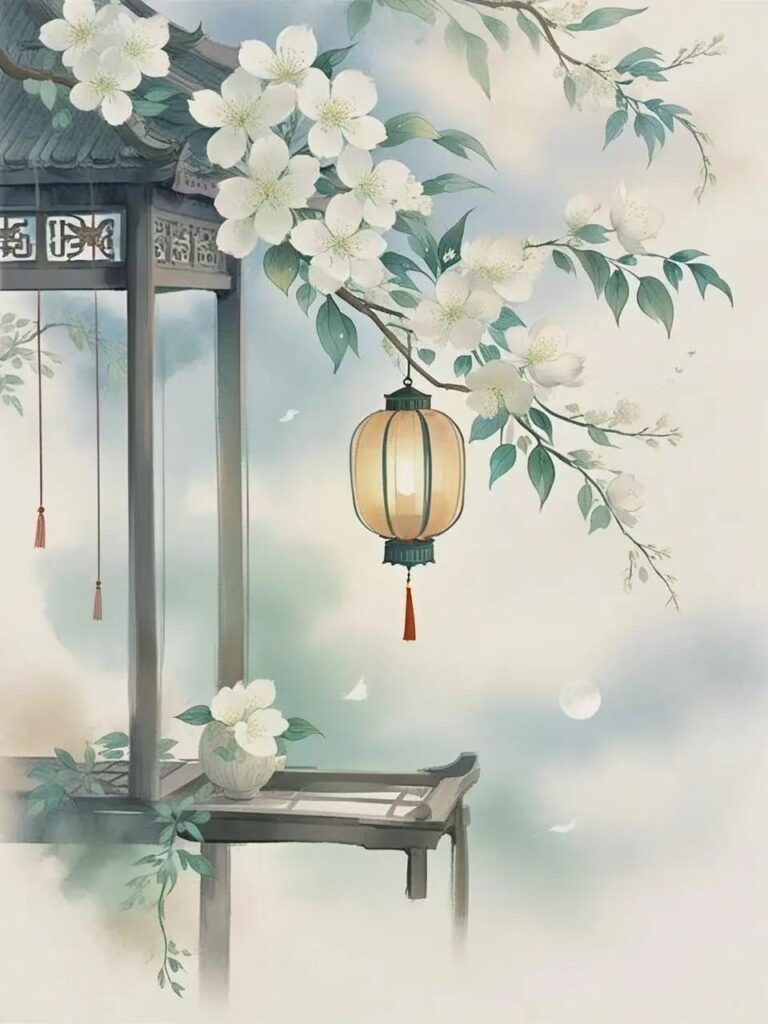The Cultural Significance of Chinese-Inspired Jewelry: More Than Adornment, It’s a Legacy
In today’s increasingly homogenized world of fashion, Chinese-inspired jewelry stands out with its unique aesthetics and profound cultural roots. These pieces are more than ornaments — they are expressions of tradition, history, and heartfelt wishes passed down through generations.
Symbols and Meanings Passed Through Time
From dragons and phoenixes to peonies and auspicious clouds, Chinese jewelry is rich in symbolic meaning. The dragon and phoenix symbolize power and harmony, often seen in wedding jewelry. The lotus flower represents purity and transcendence, rooted in Buddhist culture. Elements like the Five Elements (Wu Xing) and Yin-Yang philosophy are subtly woven into designs, giving each piece a deeper spiritual resonance.
Artisan Craftsmanship and Cultural Preservation
Traditional Chinese jewelry highlights intricate techniques such as inlaying, engraving, cloisonné, and filigree. These time-honored crafts reflect the artisan’s patience, skill, and cultural awareness. Wearing such jewelry is not just about beauty — it’s about honoring the hands and heritage behind each creation.
